|
  
|
FROM SITE SELECTION
MAGAZINE, NOVEMBER 2021 ISSUE
|
 |
AEROSPACE & DEFENSE
A longtime employer’s defection opens opportunities on both ends of the
move in Greater Toronto.
|
|
 |
|
|
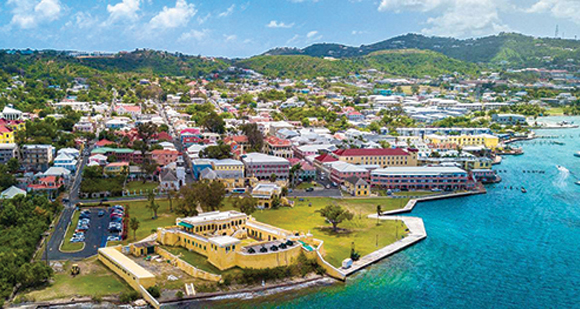 |
INVESTMENT PROFILE: U.S. VIRGIN ISLANDS
An exploration of the Virgin Islands Economic Development Authority’s
Vision 2040 reveals how the USVI is targeting such sectors as
agribusiness, renewable energy, health sciences, light manufacturing and
professional services with new incentives and resources.
|
|
|
CONWAY ANALYTICS
SNAPSHOT
|
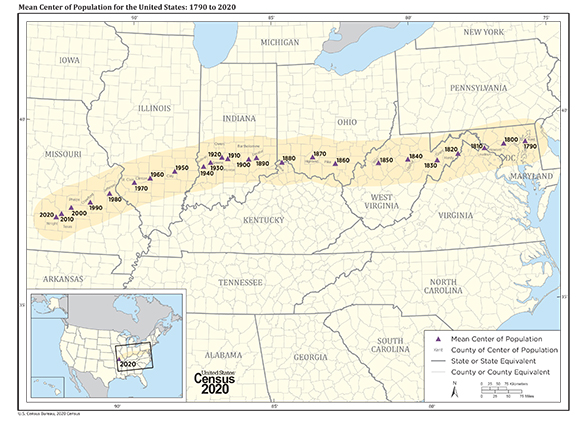
|
Map courtesy of U.S. Census Bureau
|
|
It’s official. The mean center of the counted U.S. population
has moved only 11.8 miles in 10 years and now resides in Hartville,
Missouri (pop. 594) in Wright County (or rather, 14.6 miles to the
northeast of Hartville, the closest known community tracked by the
Census Bureau). Hartville, in south-central Missouri east of
Springfield, is known for an 1863 Civil War battle and natural features
such as the Gasconade River, among other things. The Census Bureau has
tracked the center of the population according to every decennial census
since 1790, when the center was 885.9 miles further east, just outside
of Baltimore. The movement of that center roughly followed the path of
the Ohio River for about 120 years up to 1970, when it crossed the
Mississippi and started veering southwest.
I took a look at all corporate projects that have occurred in the
counties of all 24 of those historical centers since we started keeping
track ourselves in 1990. A grand total of 250 projects have landed in 15
of those centers (with nine counties tallying zero). The overall leader
by a longshot is Boone County in northern Kentucky, part of the Cincinnati region: The mean center of the
1880 U.S. population has tallied 105 projects. Next comes Loudoun
County, Virginia — the mean population’s center in 1810 — with 53
projects. No. 3 is the nation’s mean population center in 1800, Howard
County, Maryland (Columbia, Annapolis), where 20 projects have landed,
followed by our center in the year 1900, Bartholomew County, Indiana
(Columbus) with 19 projects. Five of the top 10 projects by investment
value are data centers, with four of them in the data center capital
Loudoun County. The largest by job creation? Amazon Air’s hub in Boone
County at Cincinnati/Northern Kentucky International Airport. — Adam
Bruns
|
|
|
CHOOSE
WASHINGTON 2021-2022
|
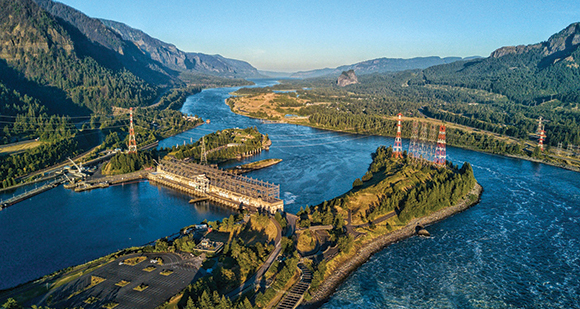
|
CLEAN TECHNOLOGY
Clean tech and renewables are among the reasons Washington was No. 6 in
Site Selection’s 2021 Sustainability Rankings.
|
|
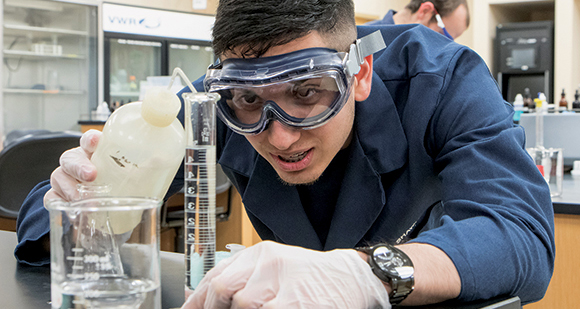 |
WORKFORCE
Here’s How Washington Does It
|
|
  |
British Columbia
As reported by multiple sources, Electronic Arts Canada is expanding
beyond its HQ in Burnaby by moving into the 112,000-sq.-ft. former
headquarters of Mountain Equipment Coop (MEC) in Vancouver proper. MEC
sold the C$28 million, LEEDn-Platinum HQ to developers earlier this year
for $103 million. “We’re excited to have this great new footprint, with
amazing amenities for our team, to add to our flagship Burnaby studio as
we continue to invest in our teams and leadership in the market,” Jon
Lutz, EA Vancouver’s vice-president of strategy, operations and finance,
said in a statement in July to VancouverIsAwesome.com. “The support to
health and wellness that are present at the new location not only helps
EA attract and retain great talent, but it provides staff with an
environment in which they can do their best work.” The location in the
False Creek Flats area is near other tech firms as well as the Centre
for Digital Media and Vancouver Community College.
Wisconsin
Wixon, Inc., a manufacturer of custom taste solutions for food, beverage
and nutrition companies, is expanding its facilities in St. Francis,
located just south of downtown Milwaukee along the lakeshore, with the
support of up to $200,000 in state income tax credits over the next
three years from the Wisconsin Economic Development Corporation (WEDC).
“With projected compound annual growth of 45% on top of over 50% growth
last year, it was clear that we would need more room for success,” said
Peter Gottsacker, president of Wixon and Gott Pet Products, which also
needed the extra capacity. Project plans include purchasing a facility
in the airport industrial park for manufacturing and purchasing new
machinery and tooling. The company said it is taking a creative approach
to its operational footprint through adaptive reuse of existing
buildings. Wixon has created what it calls “dry and liquid custom taste
solutions” since 1907, when Charles Franklin Wixon operated a spice cart
in Chicago.
|
|
  |
|
SITE SELECTION
RECOMMENDS
|
|
Last week Argentina-based Prodem and the Global Entrepreneurship Network
released the 2021 Index of Dynamic Entrepreneurship,
evaluating 40 countries by their conditions for startups and young firms
with growth potential. It is based on indicators (which saw declines in
75% of the countries) that include business structure, culture,
education, demand conditions, financing, policies and regulations,
social capital and the efforts of companies and institutions in science,
technology and innovation. The United States, Norway, the Netherlands,
Germany and Sweden are the top five ecosystems. Some countries hit hard
by the pandemic experienced only small regressions in the conditions for
entrepreneurship. Others, such as Brazil and India, showed progress
largely attributed to growth in entrepreneurial human capital. “Despite
the pandemic, some countries — especially in the southern hemisphere —
reported progress in systemic conditions, showing impressive resiliency
and entrepreneurial spirit,” said Hugo Kantis, director of Prodem.
|
|
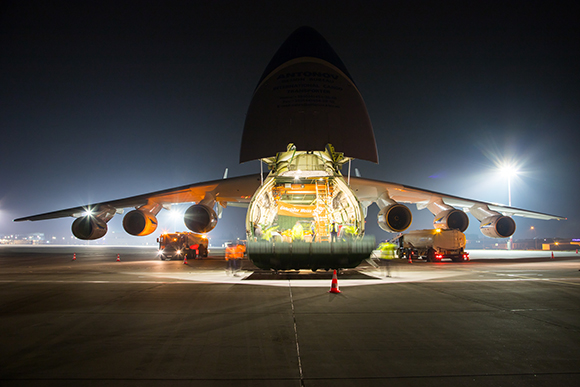
|
Photo by Damian Szymula courtesy of Gebrüder Weiss
|
|
Logistics provider Gebrüder Weiss this week arranged for the first-ever
arrival of the world’s largest cargo aircraft at Rzeszów airport,
transporting goods for Polish industry from Tianjin, China to Poland.
“The situation in air and sea freight remains very tense, as there is
still not enough cargo space,” said Lothar Thoma, managing director Air
& Sea at Gebrüder Weiss. With the Antonov, we can quickly transport
large-volume goods for our customers quickly.” The six-engine Antonov
An-225 has a wingspan of 88.4 meters (290 feet), a length of 84 meters
(just over 275 feet) and an empty weight of 285 tons.
|
|
|
|

